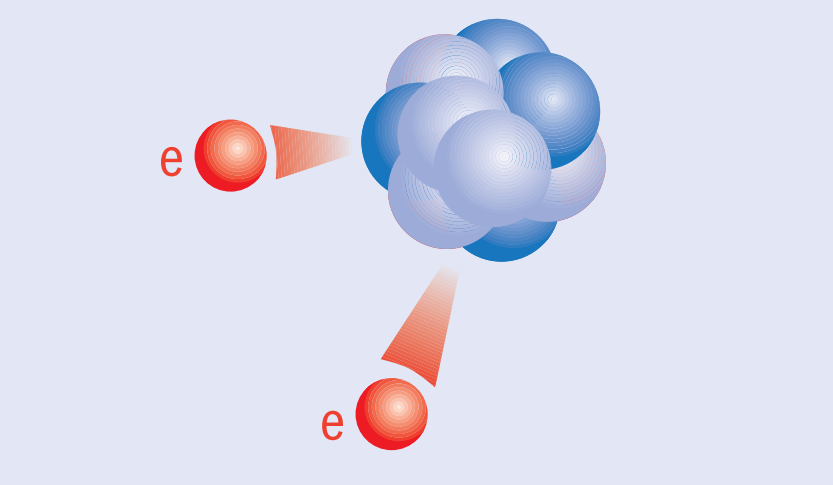Our Physics
Our group focuses on how the physics of fundamental particles shaped our universe and the development of specialized experiments, including novel detector technology and algorithms, to address these questions. This work currently focuses on searches for neutrinoless double-beta decay and axion dark matter.
Neutrinoless double-beta decay is a proposed process where a nucleus decays simultaneously emitting two electrons and no neutrinos. In order for this to happen, the neutrino must be its own antiparticle, a Majorana particle, which implies that the neutrino gets its mass in a different way than the other fundamental particles. It also tells us that lepton number is not conserved which then provides a mechanism for neutrinos to create more matter than antimatter, one of the big mysteries of the early universe. The Winslow group is part of two international collaborations: the bolometer-based CUORE experiment and the liquid-scintillator-based KamLAND-Zen experiment. This work also includes crystal and readout development for the CUORE upgrade, CUPID, and a prototype of a directional liquid scintillator experiment, NuDot.
The axion was proposed as part of the solution to why the strong interaction does not violate CP symmetry, a mirror like symmetry that some processes conserve. This very light particle is also an excellent candidate for dark matter. It should have a very small coupling to electromagnetism. The ABRACADABRA (ABRA) experiment searches for a small magnetic field to appear in the center of a toroidal magnet due to the axion. The group demonstrated this technique with the ABRA-10cm experiment and is now working towards a larger and more sensitive experiment.




